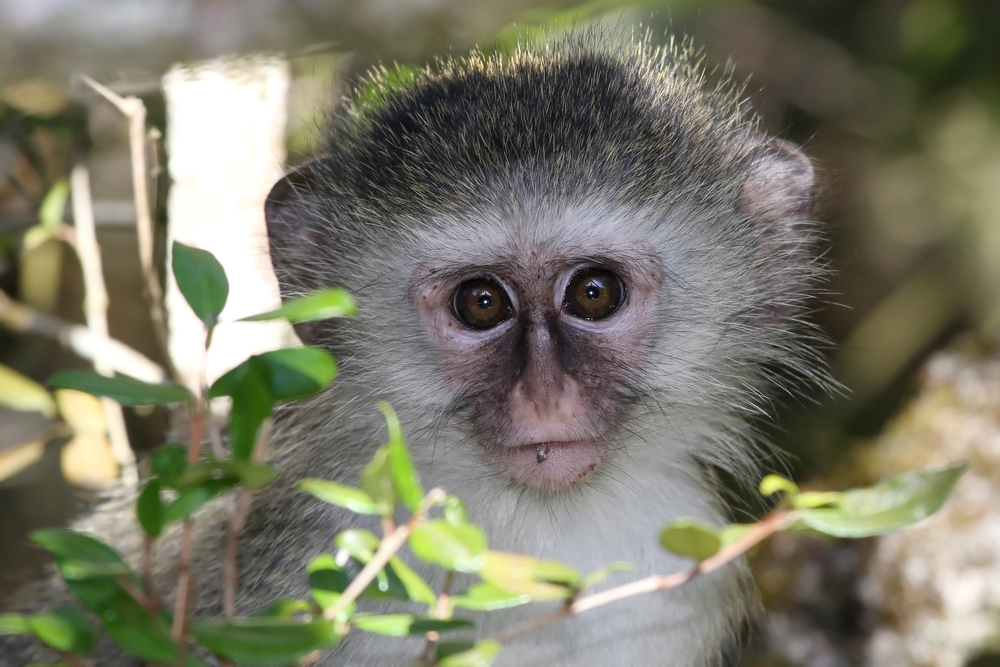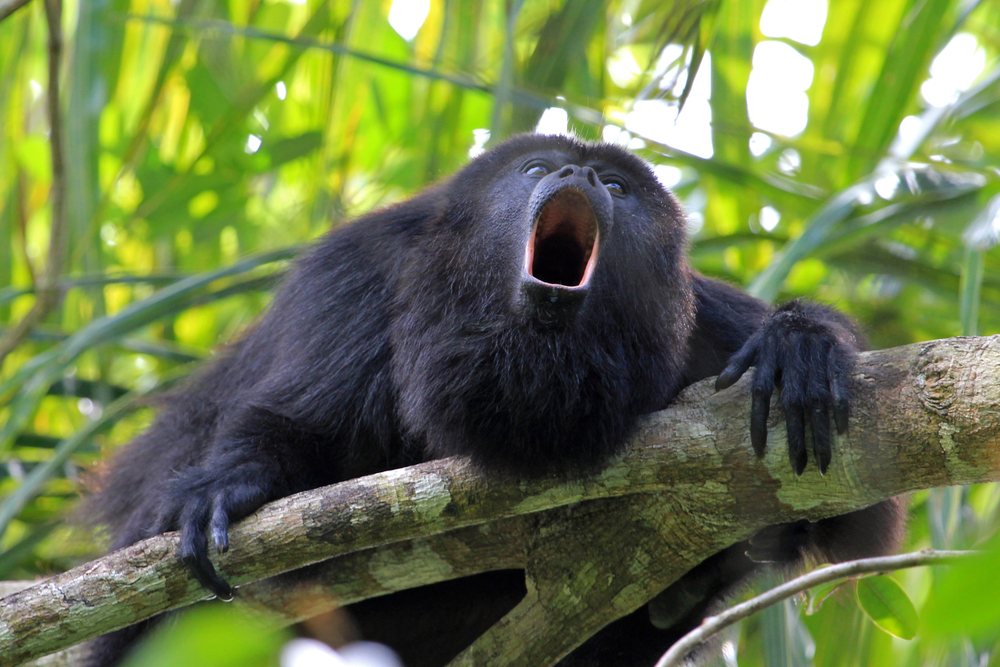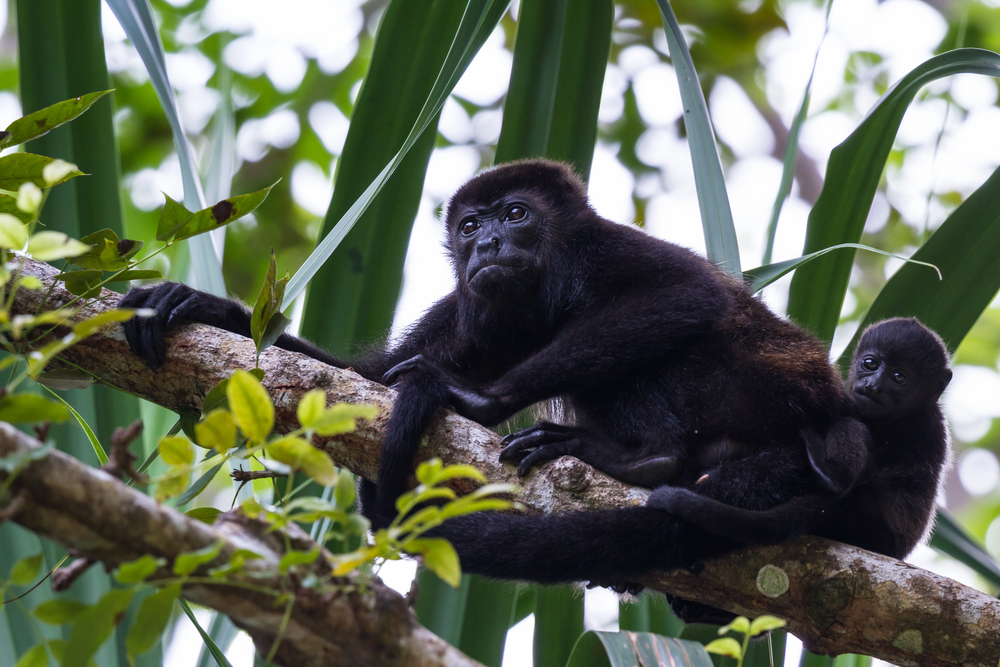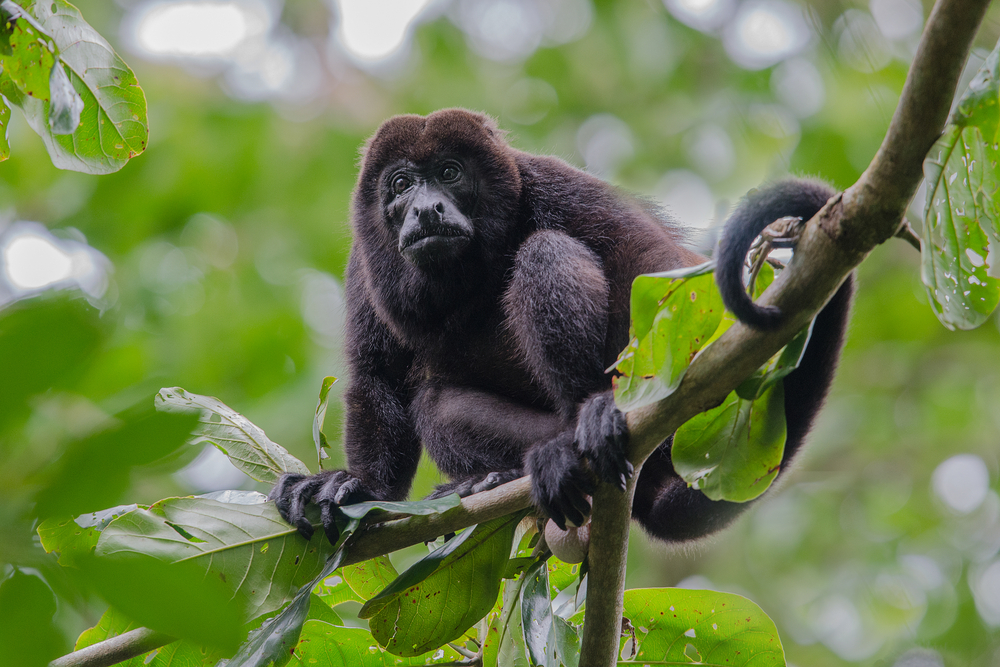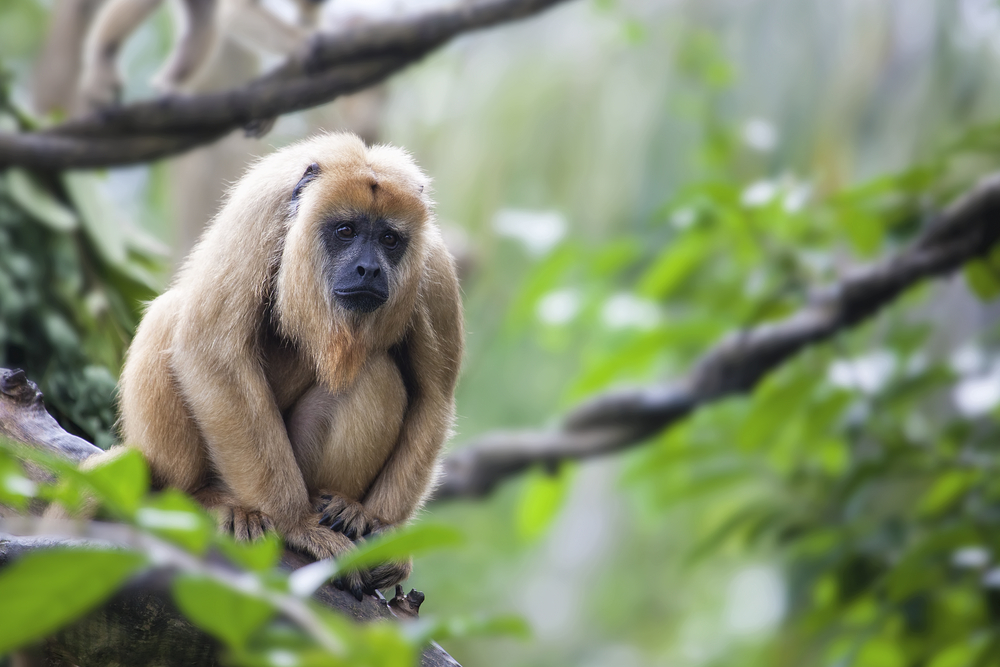About
#Mammals
#Primate
The Howler monkey is a fascinating group of primates known for their distinctive vocalizations and impressive size. They belong to the family Atelidae, subfamily Alouattinae, and are part of the Animal Kingdom, class Mammalia, and order Primates. These New World monkeys are native to the tropical forests of Central and South America.
One of the most remarkable features of howler monkeys is their enlarged hyoid bone, which acts as a resonating chamber. This unique adaptation allows them to produce incredibly loud and distinctive howling calls that can be heard over long distances in the dense forest canopy. These vocalizations serve various purposes, including territory defense, communication within social groups, and attracting mates.
Howler monkeys are primarily arboreal, spending the majority of their lives in the trees. They have prehensile tails that are strong and dexterous, aiding them in grasping branches and maneuvering through the forest canopy. Their diet consists mainly of leaves, supplemented with fruits and occasional insects.
These monkeys live in social groups, typically led by a dominant male. Howler monkeys play an essential role in their ecosystems by influencing seed dispersal and contributing to forest regeneration. Despite their distinct vocal talents and adaptations, they face conservation challenges, including habitat loss and fragmentation, making their protection vital for maintaining the biodiversity of Neotropical forests.
Conservation Concerns
Several species of Howler monkeys are currently listed on the International Union for Conservation of Nature (IUCN) Red List as vulnerable or endangered due to habitat loss, deforestation, and human encroachment. Clearing of forests for agriculture, logging, and infrastructure development poses significant threats to Howler monkey populations, fragmenting their habitats and reducing available food sources.
Conservation efforts aimed at protecting and restoring forest habitats, establishing wildlife corridors, and promoting sustainable land-use practices are crucial for the long-term survival of Howler monkeys.
Threatened:
Extinct
Critically Endangered
Endangered
Vulnerable
Near Threatened
Least Concern








































































